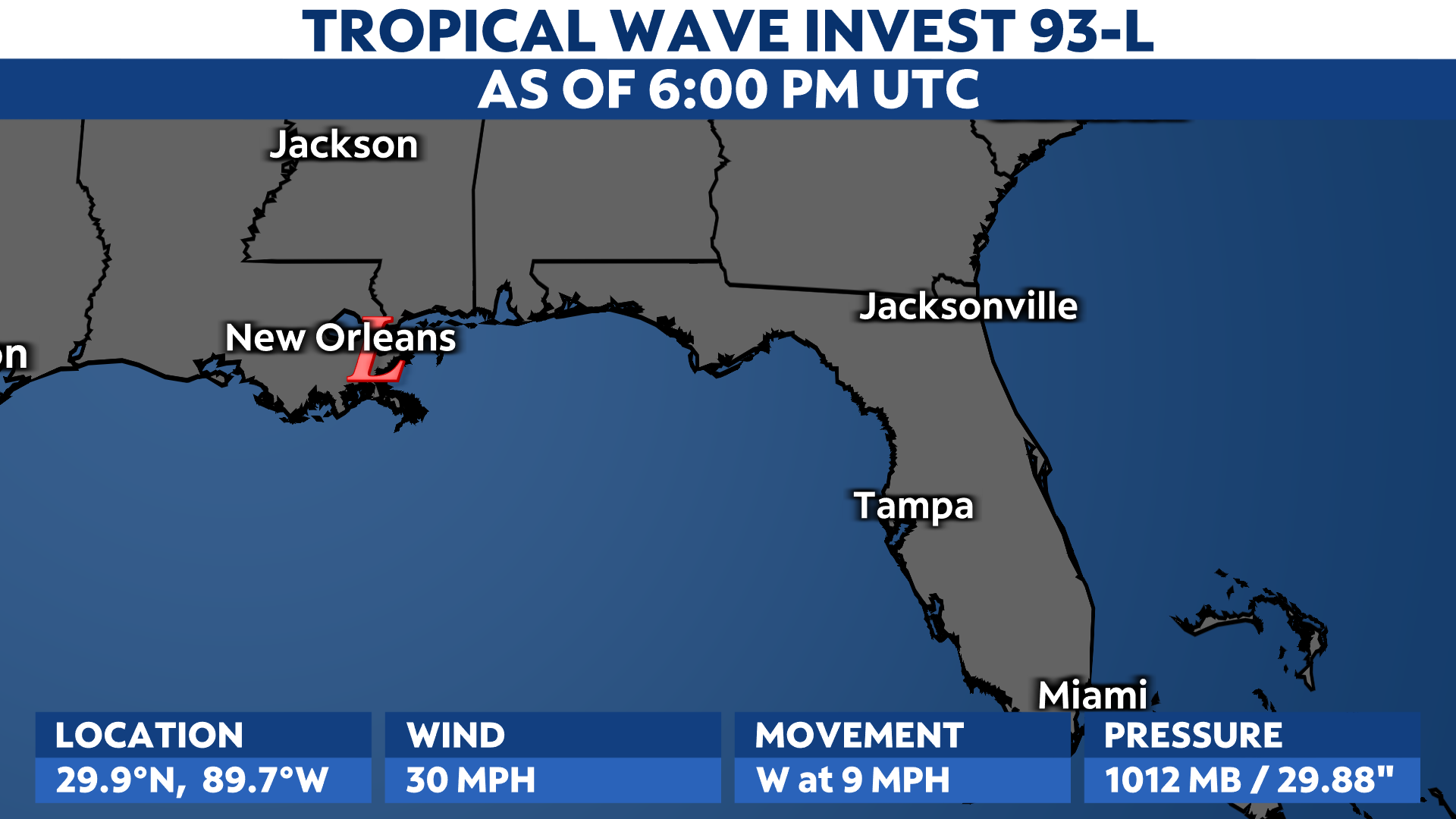Tropical Storm Philippe formed over the Central Tropical Atlantic on Saturday, Sept. 23, becoming the sixteenth named storm of 2023 season.
Located about 1045 miles west of the Cape Verde Islands, Tropical Storm Philippe is producing maximum sustained wind speeds of 40 mph.
Somewhat favorable environmental conditions could allow it to strengthen a bit over the next stretch of days, but Philippe is expected to stay a tropical storm.
The latest model guidance suggests this system will continue to head west over the next few days, but will curve up toward the north well east of Lesser Antilles next week.
While it is too far out to confirm its exact track, it looks like it won’t have any direct impacts to land over the next stretch of days.
Spaghetti models or plots show a series of individual computer forecast models together on one map. They are useful to give insight into whether multiple models are in agreement on the path of the storm but they do not address the storm’s forecast intensity, winds, flooding and storm surge potential or other data. Tap here for more details on how to best use these models.
In addition to Philippe, we are also monitoring Ophelia and a distrubance in the Eastern Tropical Atlantic.
Check here for a look at the 2023 Atlantic hurricane season so far.
Our team of meteorologists dives deep into the science of weather and breaks down timely weather data and information. To view more weather and climate stories, check out our weather blogs section.


